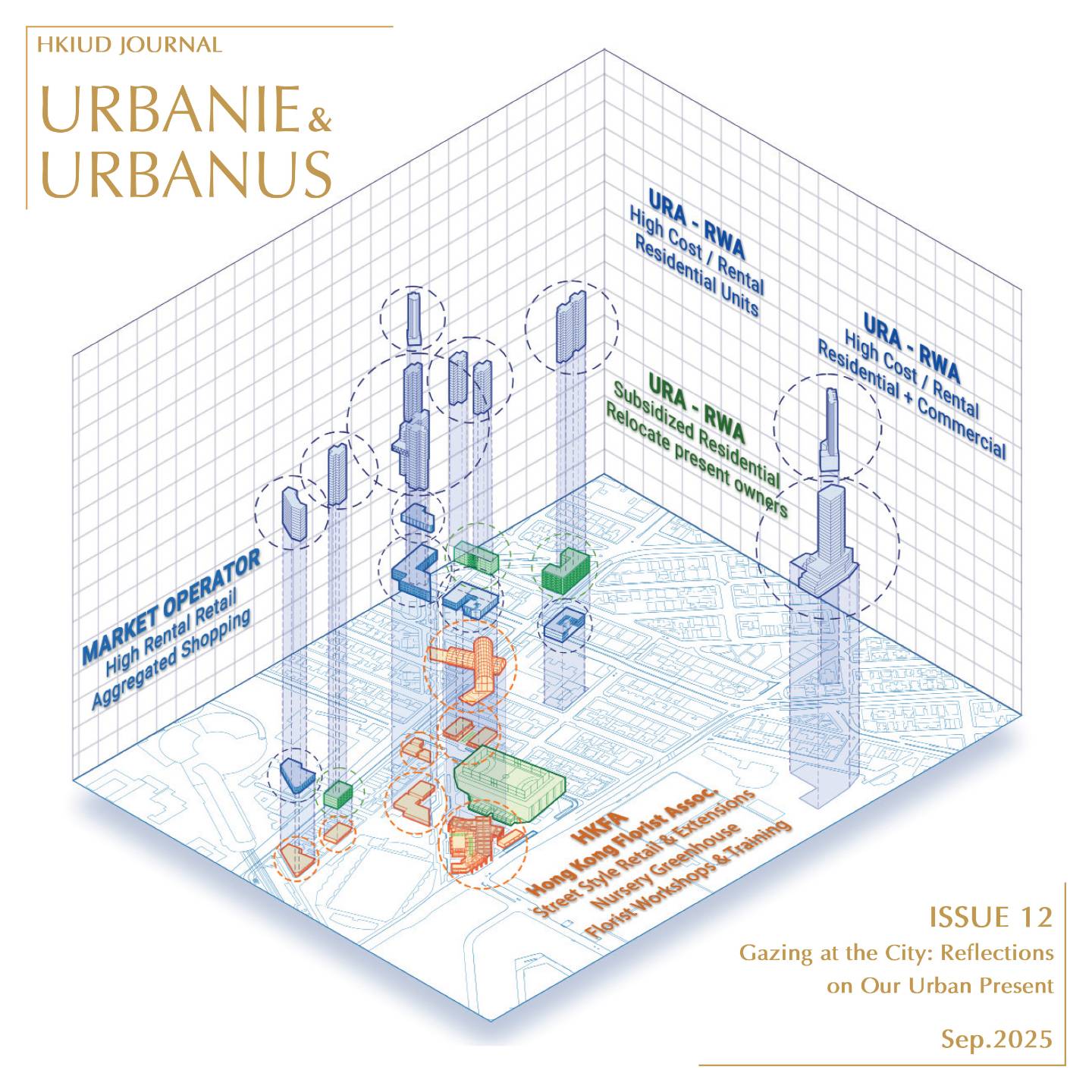Urbanie & Urbanus
Issue 2025 Sep
Gazing at the City: Reflections on Our Urban Present
Issue 12, P. - P.
Gender Sensitivity in Urban Design: Strategies for More Inclusive Pedestrian Spaces in Tseung Kwan O, Hong Kong
Figures
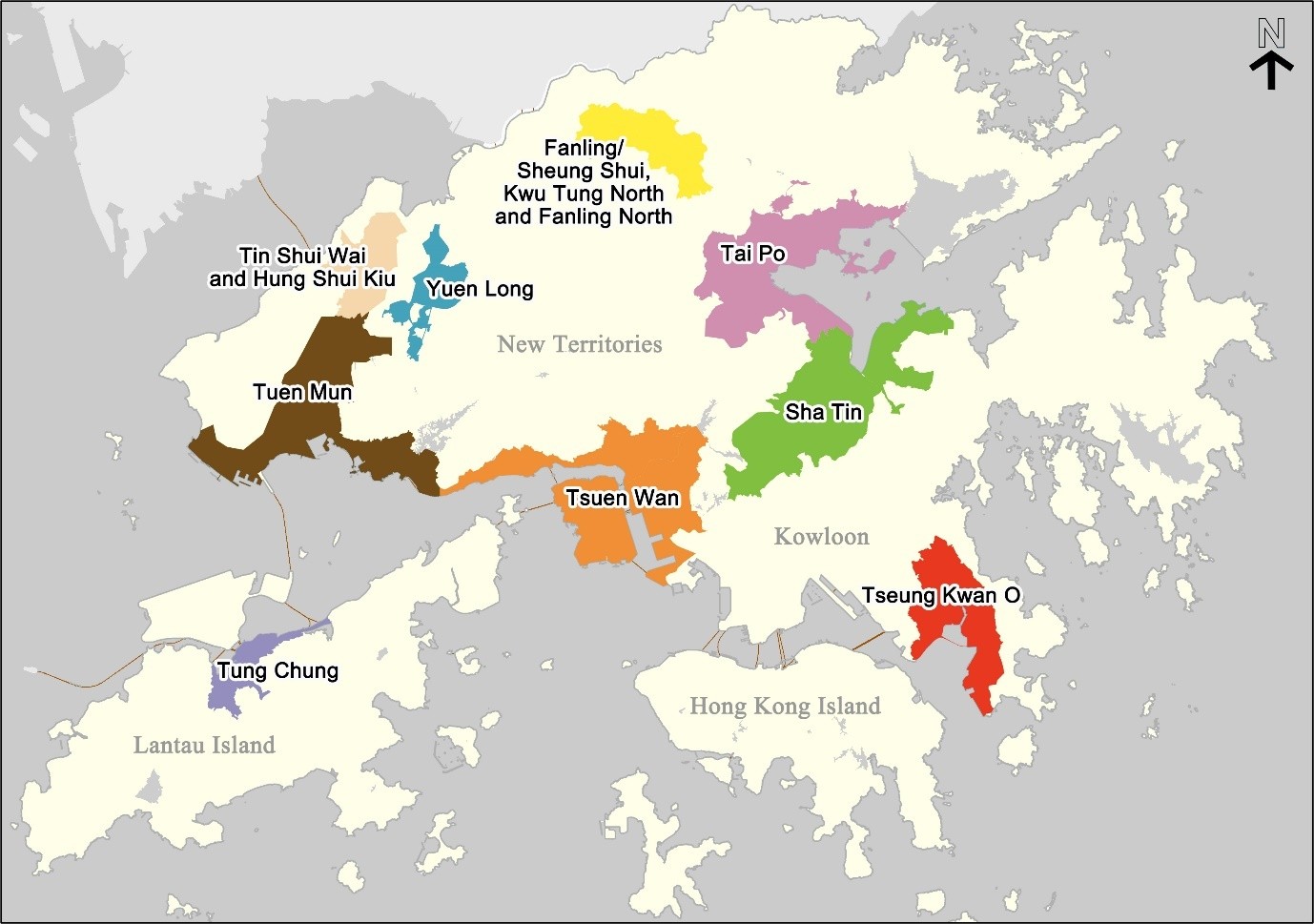
Figure 1. The location of Tseung Kwan O as part of Hong Kong’s New Towns (source: Author, adapted from Planning Department, 2022).

Figure 2. Selected study area in the Tseung Kwan O town centre (source: Author)

Figure 3. (a) non-separate non-service sidewalk; (b) non-separate service sidewalk; (c) separate service sidewalk; (d) separate non-service sidewalk (source: Author).
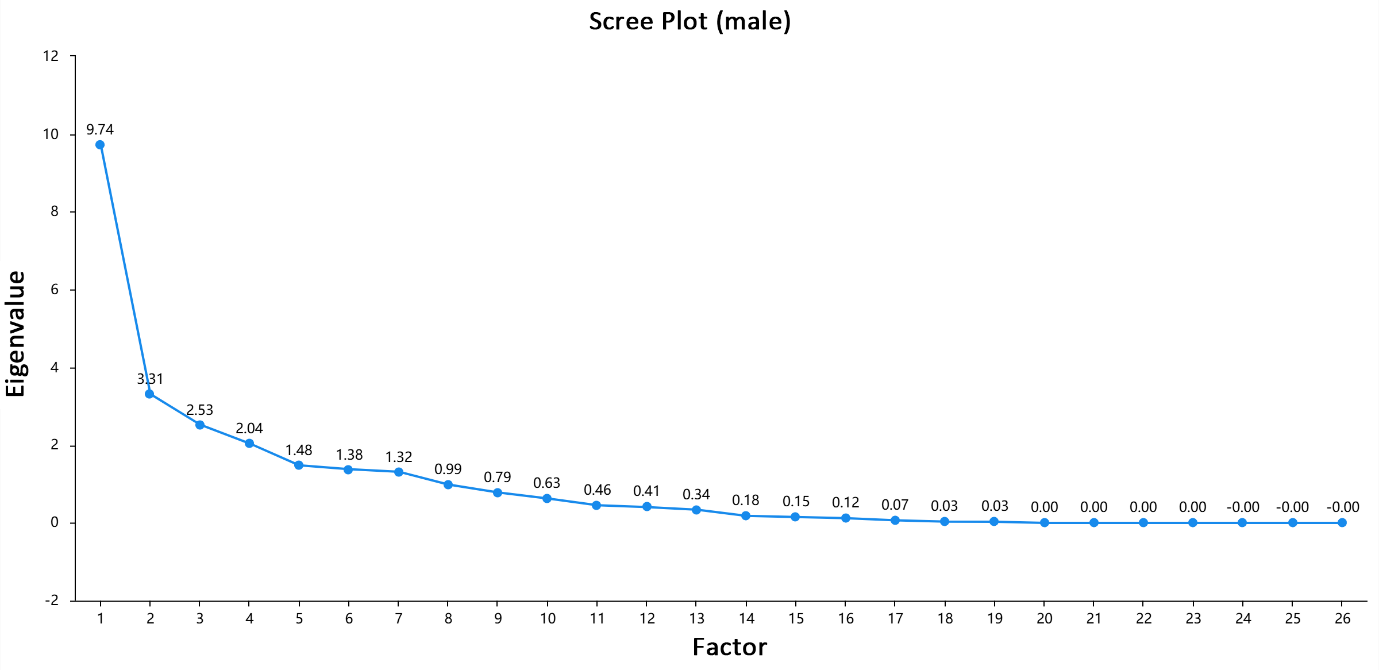
Figure 4. Scree Plot (Male): Principal component results for 26 interpretable satisfaction indicators extracted from male data (source: Author).

Figure 5. Scree Plot (Female): Principal component results for 26 interpretable satisfaction indicators extracted from female data (source: Author).

Figure 6. Pearson correlation patterns among original variables (source: Author).
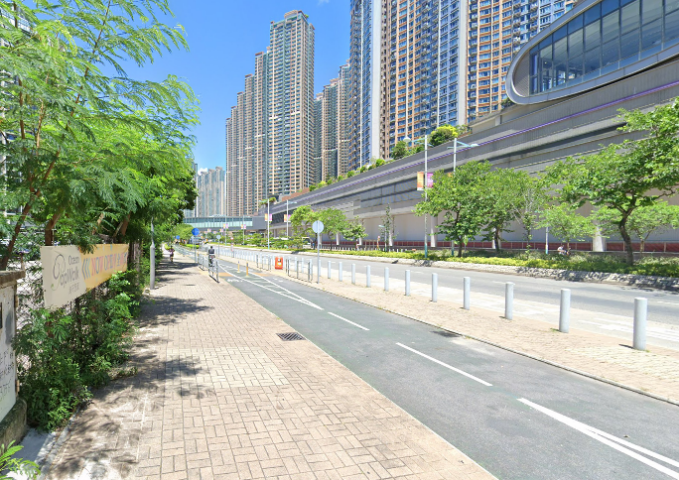

Figure 7. Original condition of Po Yap Rd (before) and improved situation (after) (source: Google Maps / Author).
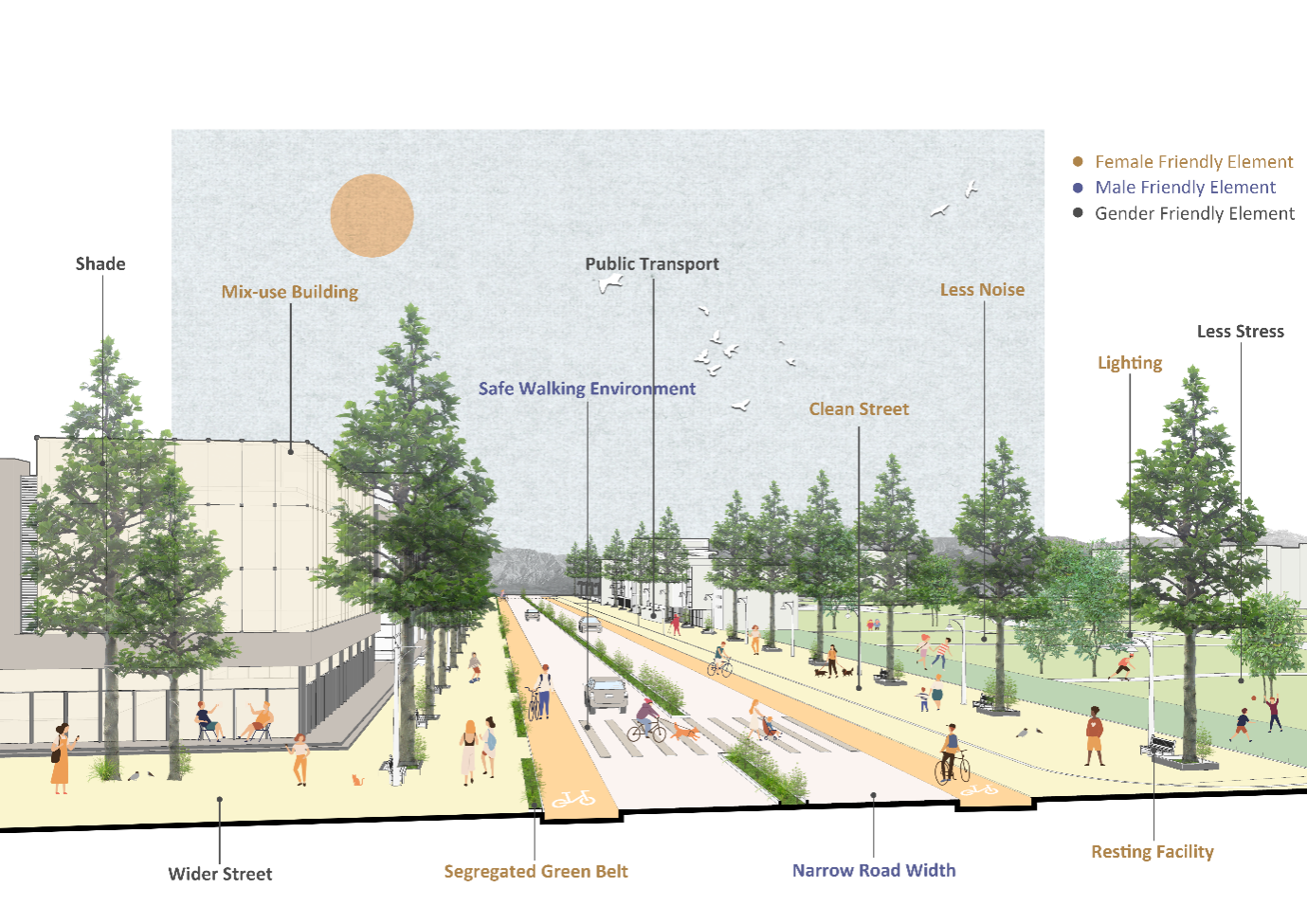
Figure 8. Design guidelines for gender-sensitive pedestrian spaces (source: Author).

Table 1. Indicators and references, Source: Author, based on various literature.
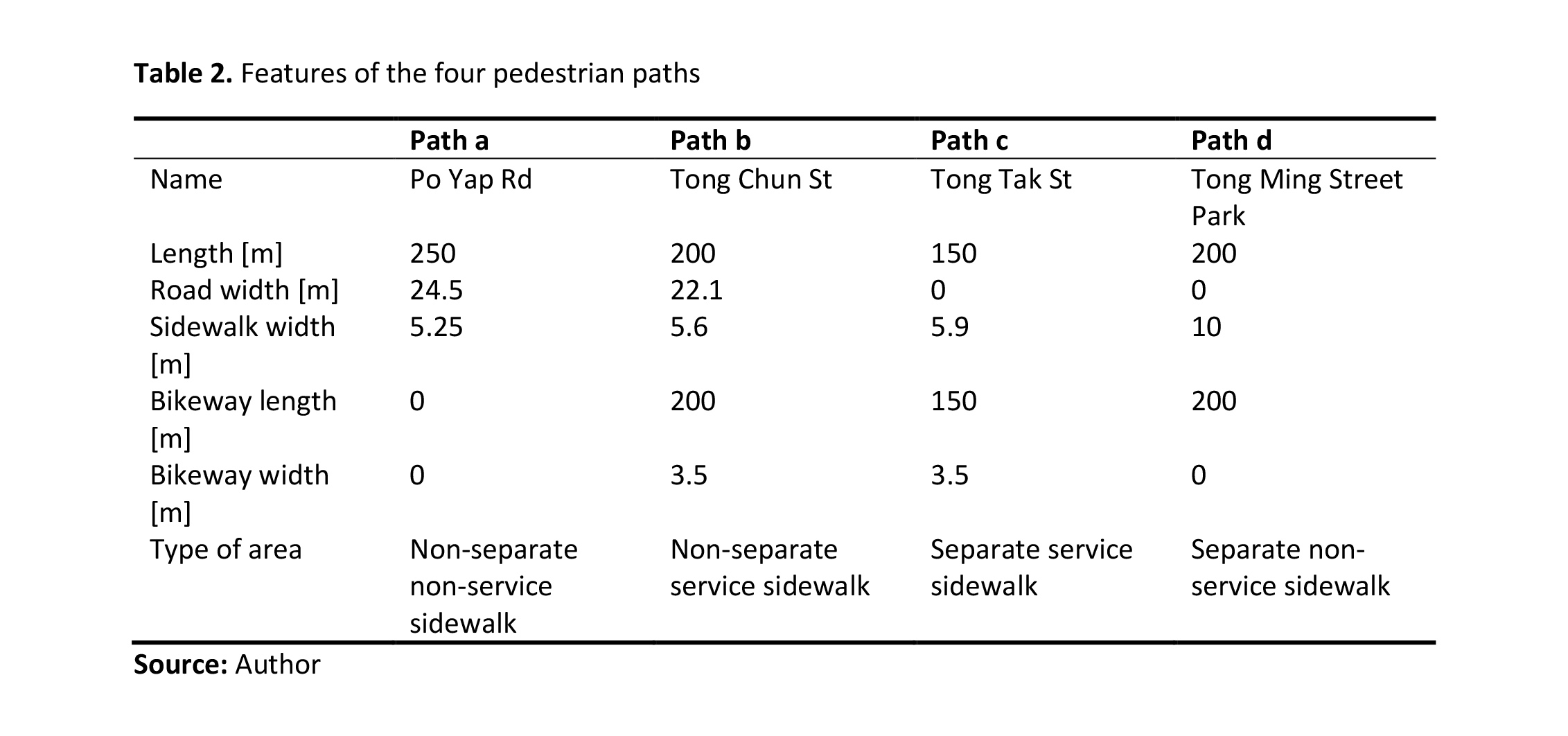
Table 2. Features of the four pedestrian paths

Table 3. Student’s t-test for the pedestrians’ perceptions in different gender

Table 4. Pearson correlation matrix of factors (Male respondents).
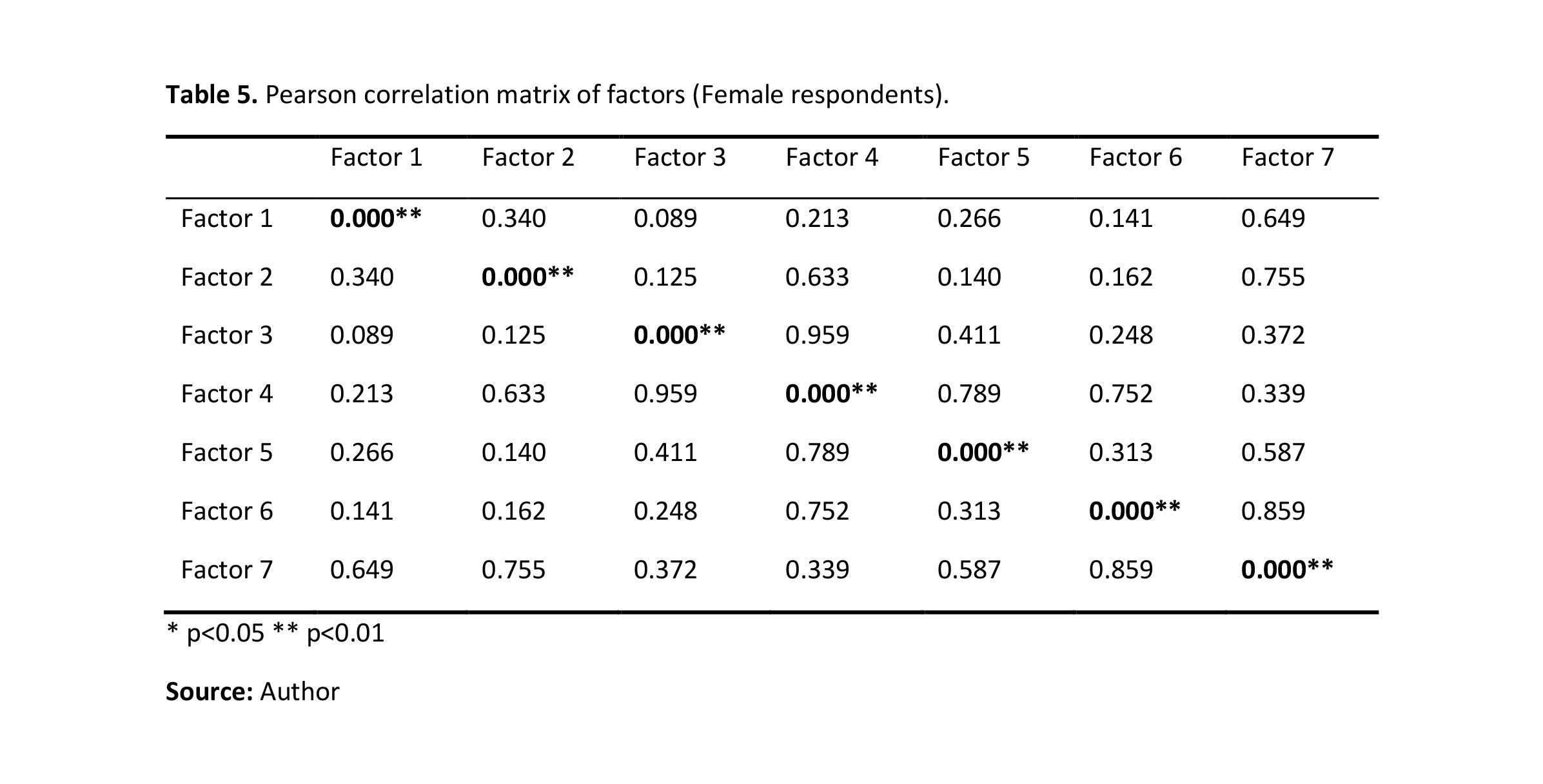
Table 5. Pearson correlation matrix of factors (Female respondents).

Appendix Table 1. Characteristics of the sample

Appendix Table 2. Statistics about pedestrians’ satisfaction (average values of evaluation rates)

Appendix Table 3. The PCA analysis loading of male psychological elements and street factors

Appendix Table 4. The PCA analysis loading of female psychological elements and street factors

